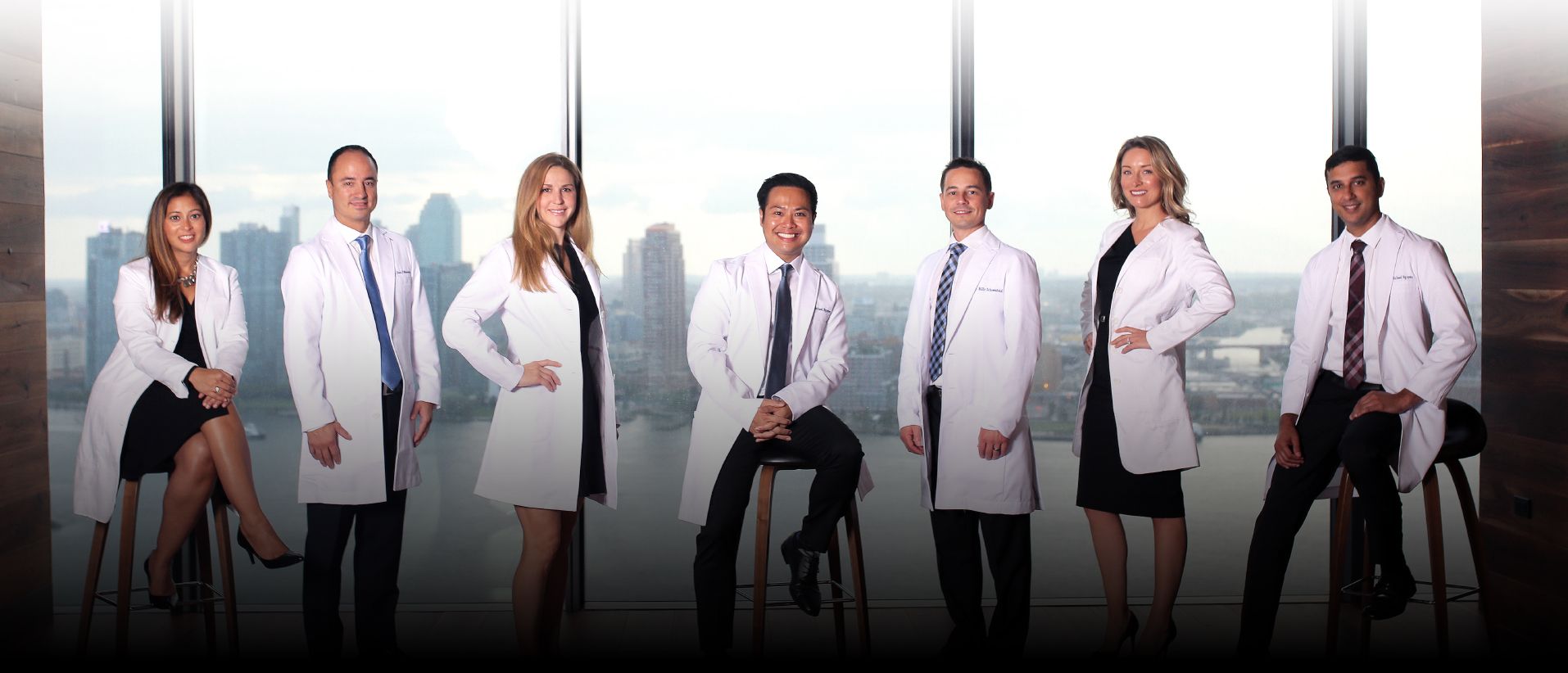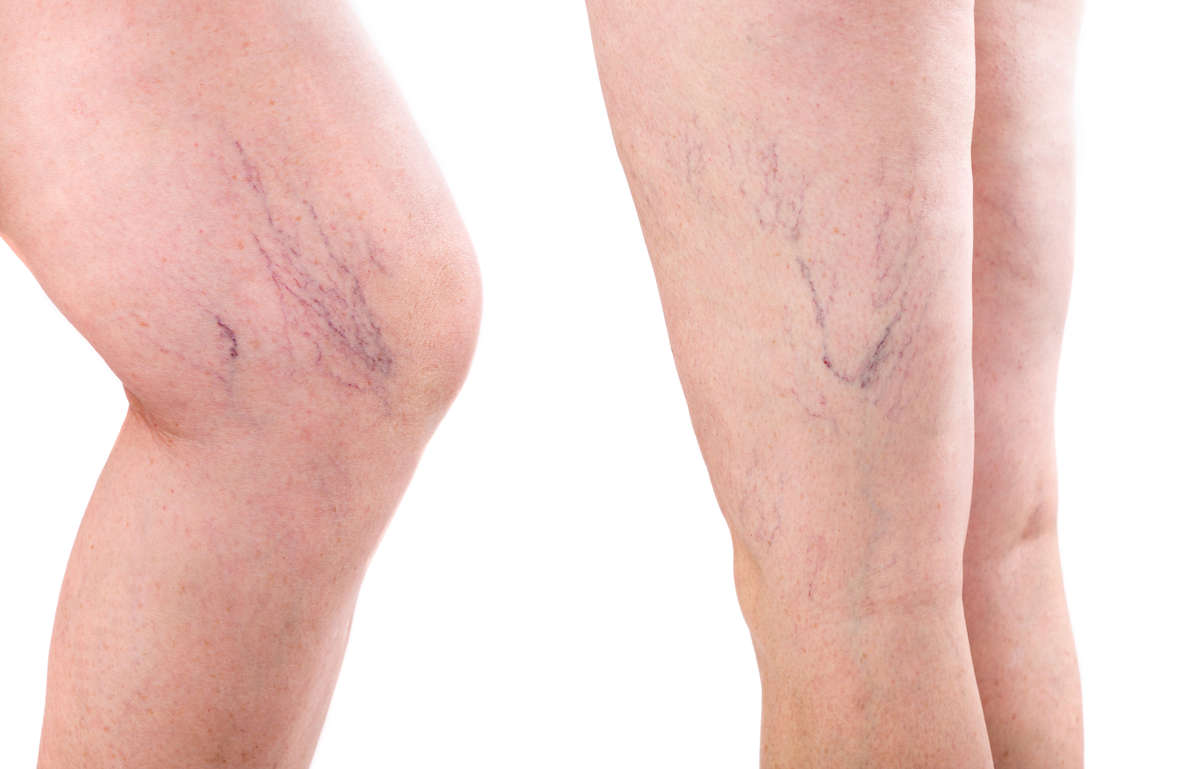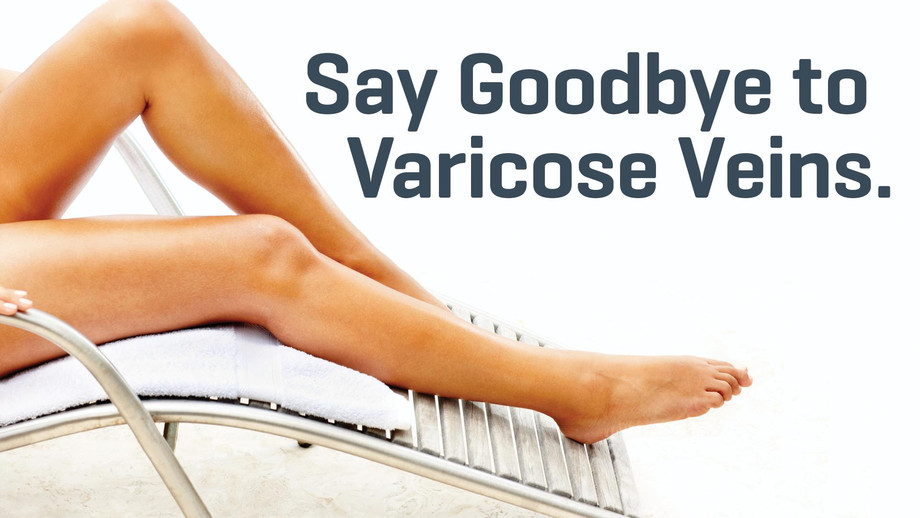Classical lower limb varicose vein treatment was associated with a fairly high risk of recurrence, as well as a long recovery process.

Varicose veins of the lower extremities are a circulatory system disease consisting in the permanent widening of veins, which take the form of elongated and hardened with often accompanying reliefs. According to the pathogenesis of the disease, varicose veins develop as a result of excessive venous pressure and weakening of the walls of the vessels, which leads to valve damage and aggravation of the problem. Genetic load is considered to be the main cause of varicose veins. In addition, there are a number of environmental factors that can accelerate the development of the disease such as passive lifestyle, overweight or obesity, age, long standing position, increased pressure in the veins due to pregnancy or constipation, and birth defects or acquired under construction he lived.
Varicose veins are a common problem affecting millions of people around the world especially in the United States and Western Europe. The disease usually develops with age after 40 and affects women almost twice as often as men. Varicose veins of the lower limbs are a progressive disease, and if left untreated, they can lead to serious complications.
Currently, many lower limb varicose vein treatments are available. In recent years, Clarivein Procedure, which is characterized by low invasiveness and a good cosmetic effect, has gained great popularity.
Detail about Clarivein Treatment
The Clarivein Treatment is a modern and minimally invasive technology for the treatment of lower limb varicose veins.
Qualification for the treatment of varicose veins with the Clarivein for Spider Veins takes place by a specialist consultation based on a Doppler ultrasound examination of the lower limbs. The surgeon determines the indications and technical possibilities necessary to carry out the procedure according to the patient's personal predisposition.
The procedure is performed as part of one-day surgery and is performed under local anesthesia. The duration of the procedure is about 20 minutes. The procedure involves the introduction of a rotary catheter into a vein under the control of an ultrasound scanner, which through a rapid rotation leads to a narrowing of the blood vessel. During the procedure, simultaneous application of the sclerotic solution occurs.
After the procedure, walking and wearing compression stockings are recommended. A follow-up visit usually takes place within 5-10 days after surgery.
Varicose veins treatment with the Foam Clarivein
The advantage of Foam Clarivein technology is the lack of high temperatures, which are associated with a small Clarivein Side Effects. The minimal invasiveness of the ClariVein method is characterized not only by the lack of cuts on the skin and scars but also allows to significantly reducing pain and bruises Clarivein before and After. In addition, the patient is able to return to daily activities and physical activity immediately after the procedure.
ClariVein technology allows patients to get rid of varicose veins as a disease as well as a cosmetic defect in a quick, safe and effective way. The effectiveness of Clarivein Recovery is estimated at over 90%.



